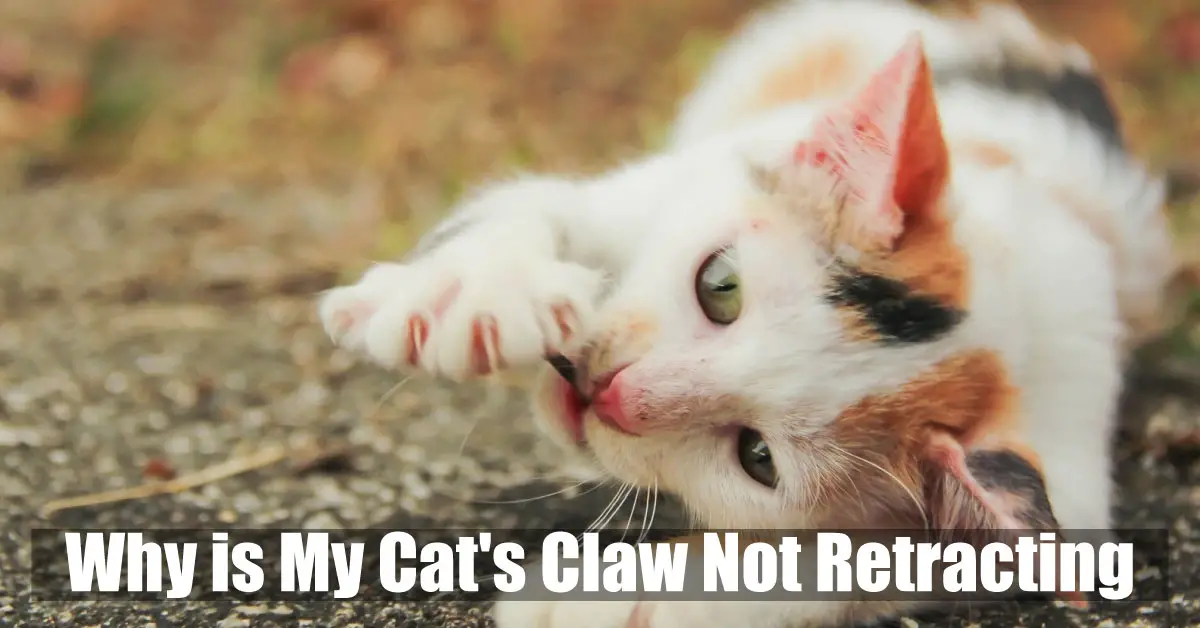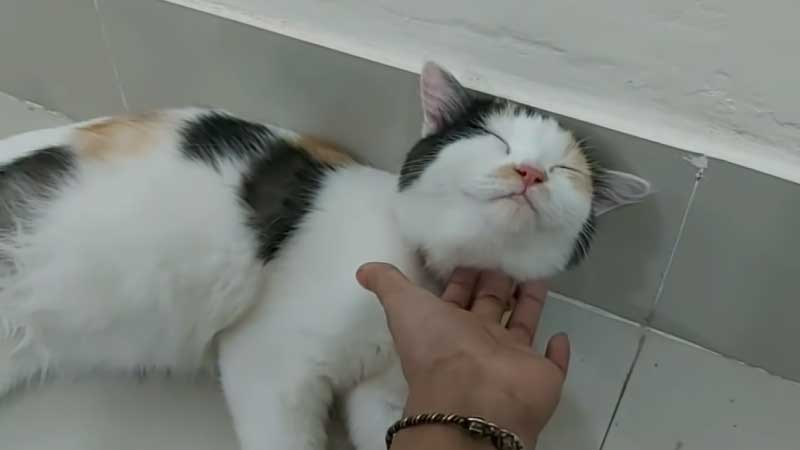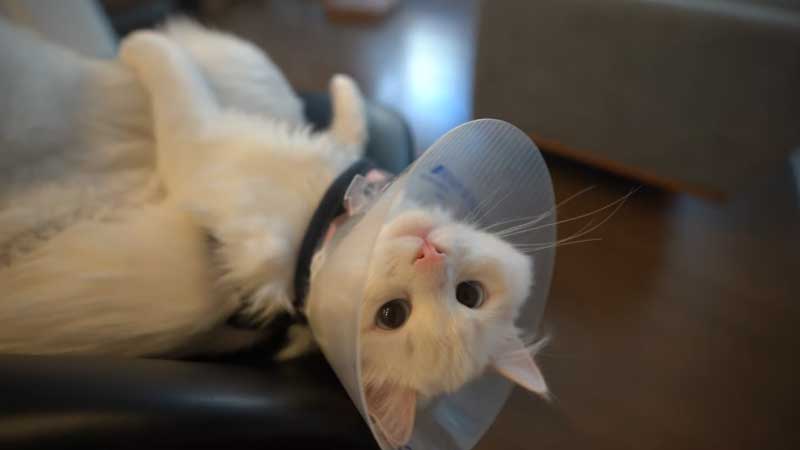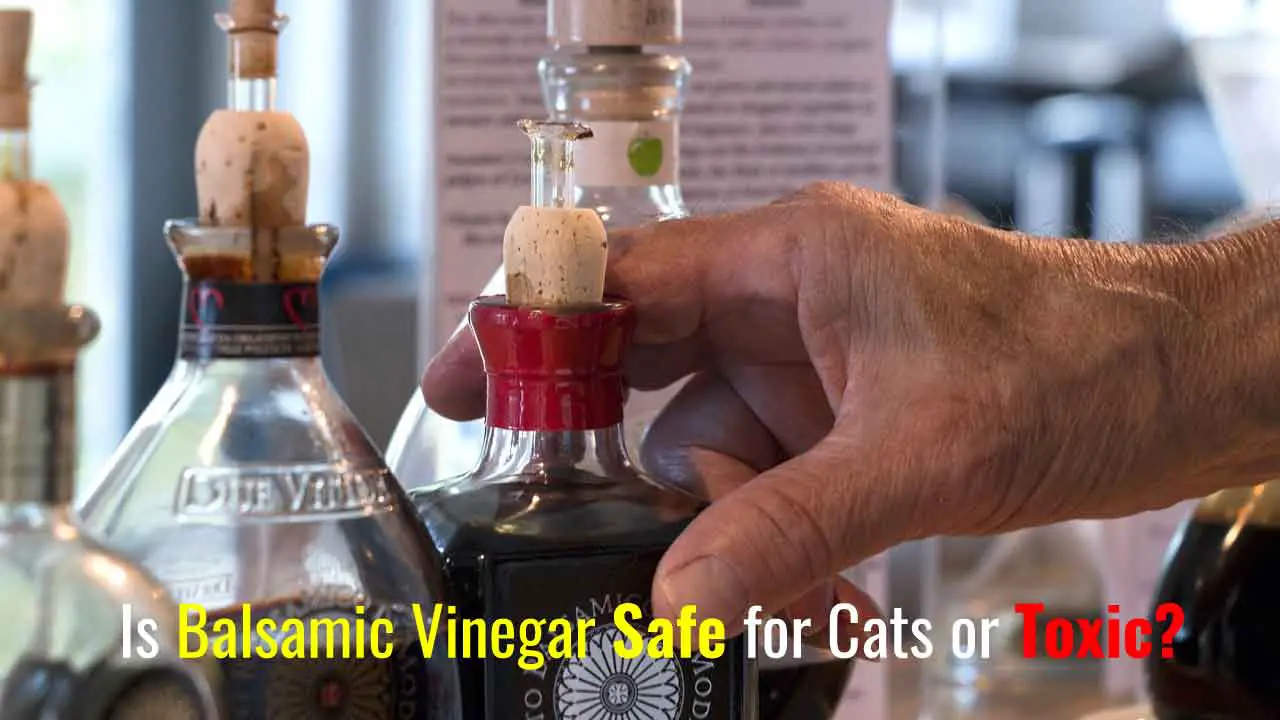Cats are known for their incredible agility, often using their claws to climb up and down trees or furniture. However, if you have noticed that your cat’s claw is not retracting as it should be, you may wonder why. We saw that one of the most common queries among cat owners is why their cat’s claws are not retracting correctly.
We know that it can be concerning to see your beloved pet unable to control its claws, but there could be any number of causes why your cat’s claws may not be retracting correctly and what you can do about it.
In this article, we will explore the possible causes of a cat’s inability to retract its claws and what steps can be taken to help. It is important to note that some cats are born with claws that cannot fully retract due to genetic conditions. However, we will discuss some potential reasons so you can know everything in more detail without wasting time; let’s get started.
Causes of Why is My Cat’s Claw Not Retracting

Cats use their retractable claws to defend themselves and climb. Unfortunately, some cats can experience difficulty retracting their claws, leading to discomfort and potential injury. This condition is often caused by a variety of factors, ranging from medical conditions to environmental effects.
A common cause of cat claws not retracting is an infection or irritation in the paw pads. Infections such as bacterial skin infections on the paws can prevent the cat from being able to extend its claws properly.
Additionally, irritants such as improper litter box maintenance or contact with toxins can cause claw retraction issues. Injuries sustained to the leg or paw may also result in struggling with claw extension due to pain or stiffness associated with healing bones and muscles in that area.
Infection
Infections are a common and serious issue that can affect cats. An infection can cause symptoms such as fatigue, loss of appetite, and difficulty retracting claws. If your cat’s claw is not retracting, it could be a sign of an underlying infection that needs to be addressed. It is important to understand the causes, signs, and treatments for infections in cats so you can identify if your pet needs medical attention.
Also, bacteria, viruses, or fungi can cause infectious diseases, and they may spread from one animal to another or from contaminated objects like food bowls. There are many infectious diseases that cats are susceptible to, including feline immunodeficiency virus (FIV), feline herpes virus (FHV-1), panleukopenia virus (FPV), and ringworm.
Chronic Conditions
Chronic conditions can be a difficult and stressful health issue for both cat owners and cats alike. Many cats develop chronic conditions such as diabetes, kidney disease, arthritis, or hyperthyroidism that can severely impair their quality of life. In some cases, these chronic conditions may even cause cats to lose the ability to use their claws properly.
One of the most common chronic condition-related claw issues is that a cat’s claws may not retract when they are extended. This can occur if the cat has arthritis in its paw joints which makes it difficult for them to curl its toes around the claws and retract them back into their paws. Sometimes this inability to retract claws can also be due to neurological disorders or other degenerative diseases like feline lower urinary tract disease (FLUTD). Cats with other medical conditions may also have difficulty retracting their claws. For example, if a cat has diabetes, there can be nerve damage in the paws that can make it difficult for the cat to use its claws properly.
Diagnosing the Problem
It is essential to determine whether this issue is medical or behavioral. If it has been going on for some time, it could be caused by an injury, arthritis, or other medical condition that needs treatment from a veterinarian.
However, if the problem just started recently, it could be due to stress or fear. Cats may also keep their claws out as a sign of aggression when they’re feeling threatened by another animal or person in their environment. It’s best to consult with a vet for advice and an evaluation to get to the bottom of why your cat’s claws won’t retract.
Treatments of Cat Claws Not Retracting
When a cat’s claw is not retracting, it can be a sign of an underlying medical condition. Treatments for this condition depend on the cause, and they vary from simple home remedies to more intensive veterinary care. It is crucial first to identify the root cause of the problem to determine the right treatment plan.
However, infections are the common causes of a cat’s claws not retracting, allergies, or trauma. Home treatments may include trimming the nails regularly or using anti-inflammatory medicines and supplements if there is an infection. If your cat has suffered trauma or injury, physical therapy and medications may be necessary to help with pain relief and mobility issues.
It is also essential to ensure that your cat gets regular exercise as this will help strengthen their muscles which in turn helps with nail retraction. If the condition persists, then your cat will need to be examined by a veterinarian.
FAQs Frequently Asked Questions
Does it hurt cats when their claws get stuck?
This is one of the most pressing questions for many cat owners. After all, cats are known to be agile and curious creatures that love to climb and explore – so with all of this activity comes the risk of claws getting caught.
However, the answer isn’t quite as simple as you may think. Cats have a unique ability to retract their claws which means they can usually free themselves from any sticky situation. In fact, when a claw gets caught on something like a carpet or piece of furniture, the cat is not injured, although some discomfort may be felt.
So while it’s true that cats can sometimes experience a little bit of pain if their claws become stuck, it is generally nothing serious or dangerous.
Can cats lose the ability to retract their claws?
This is a common question among cat owners, and the answer may surprise you. As we mentioned before, most cats are born with the ability to extend and retract their claws. However, as cats age, they may develop conditions that can restrict this process, leading to difficulty entering or exiting from a resting position.
The most common condition associated with an inability to retract claws is arthritis. Arthritis can cause joint inflammation, which prevents cats from properly closing their paws. Cats also may have difficulties retracting their claws if their declawing surgery was too early or incorrectly performed. In extreme cases such as these, the extended claws can cause pain to the cat’s paw pads or skin, which can make it difficult for him to move around or perform normal activities.
What Do You Do If Your Cat’s Claw Is Stuck?
If your cat’s claw is stuck and they are unable to retract it, this can be a cause for concern. Fortunately, there are some steps you can take to help relieve your cat’s discomfort and get the claw back in place.
Understanding why claws may not retract properly and what you can do to prevent these issues from occurring again will help ensure that your cat stays healthy and happy.
In the case of a claw that has become stuck, you will want to try to move it back into place gently. You can do this by placing your hand over your cat’s paw and applying gentle pressure. Hold for a few seconds before easing up. Repeat the process until the claw returns to its normal position. If you cannot coax it back into place, or if your cat is in pain, you should bring him to the vet immediately.
Conclusion: Seek Veterinary Advice
First, we will advise that owners should seek veterinary advice if their cat’s claws are not retracting. A cat’s claws are vital to its anatomy and can be a sign of underlying illness or injury. It is worth consulting with a veterinarian to determine the source cause before any treatment measures are taken.
Additionally, owners should keep an eye out for symptoms such as limping, changes in grooming habits, and general lethargy that may point to a medical issue. If any of these symptoms appear alongside non-retracting claws, it is advisable to take the cat to see a vet immediately. Early diagnosis and intervention can be critical for the well-being of cats and other pets. Seeking advice from a qualified veterinarian will help ensure your pet gets the best possible care.




